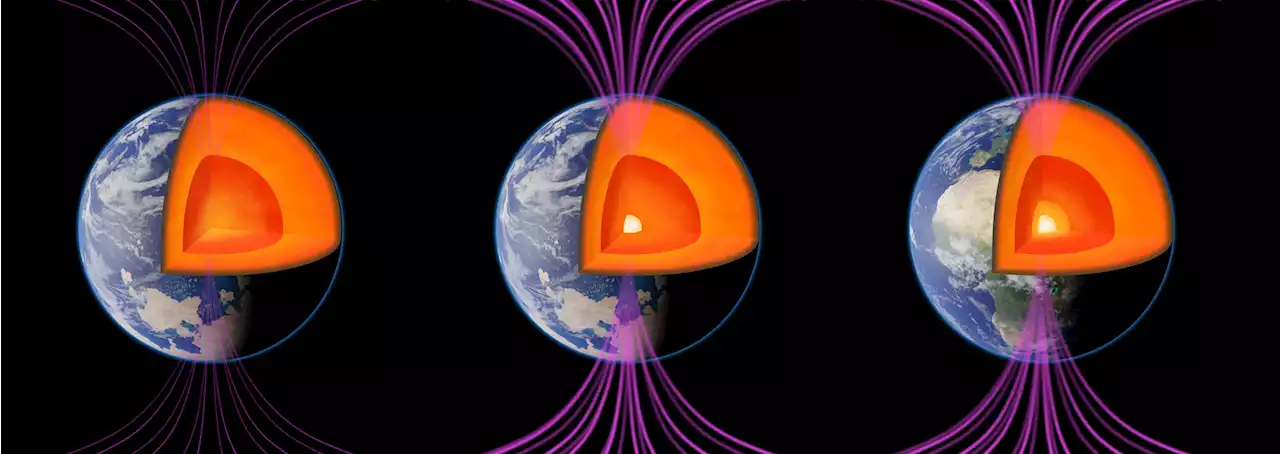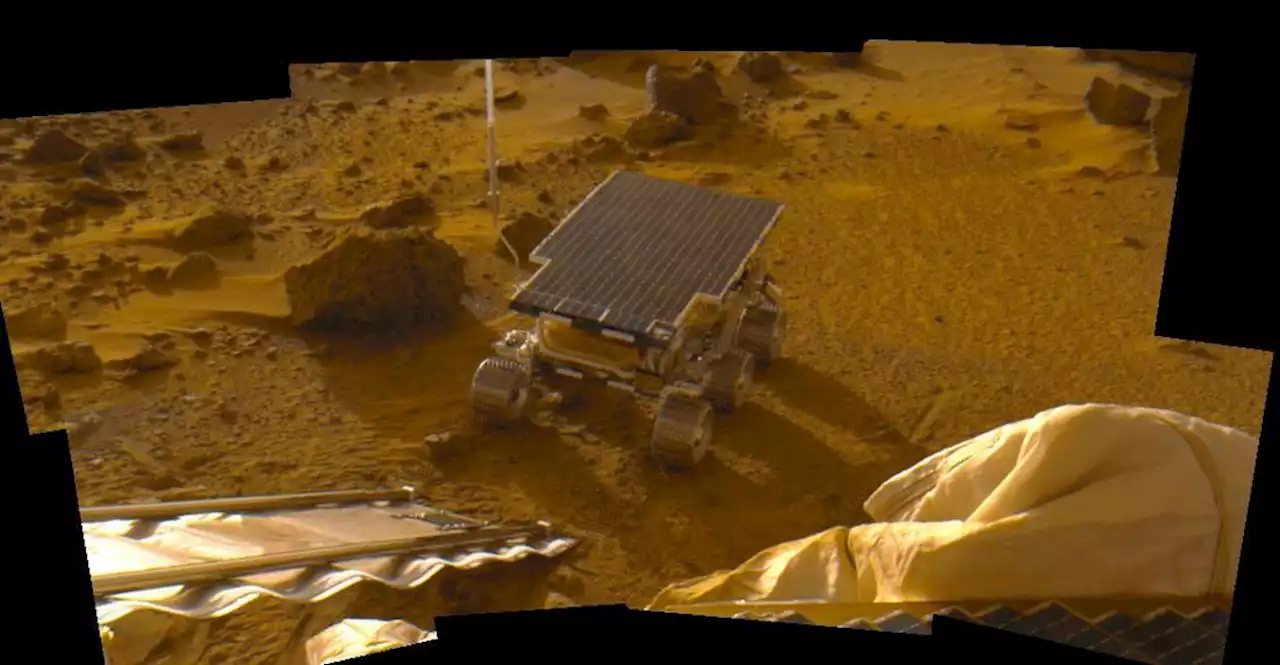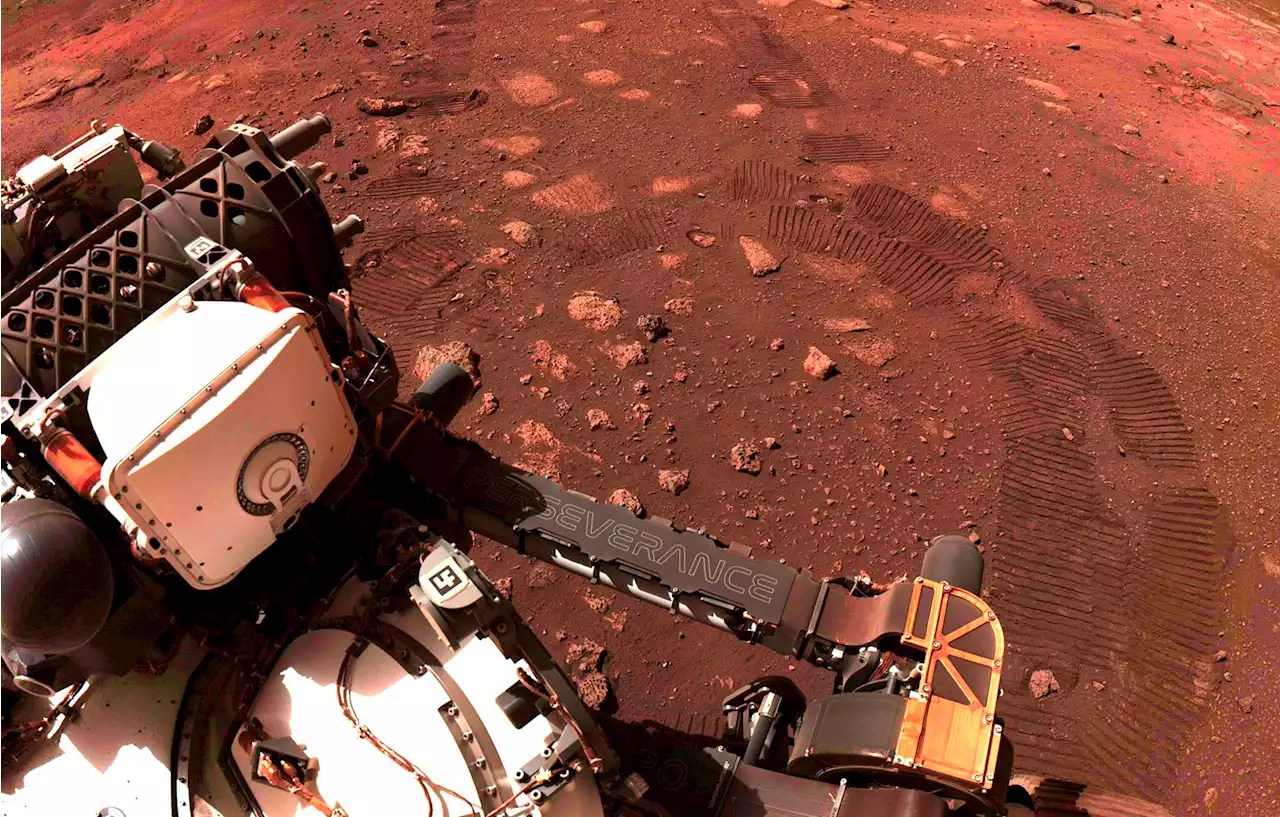NASA has changed how it wants to return Mars rock samples to Earth, proposing a new plan this week that involves the Perseverance rover.
NASA’s plan to return Mars rock samples to Earth has changedThe plan that NASA originally proposed to bring Mars rock samples back to Earth relied on the European Space Agency’s Sample Fetch Rover. The space agencies actually shared a possible concept for the rover, which would arrive on Mars and deliver the samples to a rocket. That rocket would then deliver the samples up to the Earth Return Orbiter.
From there, the rock samples would make the trek back to Earth. However, The New York Times explained that the rover’s design became too large to fit in one lander with the rocket. Instead, NASA would have had to use two landers. Sending the Sample Fetch Rover to Mars to collect the Martian rock samples would have cost even more, as NASA would have had to build a second lander for the rover. Instead, NASA and the ESA plan to use Perseverance to drive the samples directly to the lander. Those 30 rock samples will then be loaded onto the rocket and sent into orbit.The Sample Return Program wasn’t expected to reach Mars until sometime in 2030.
If Perseverance runs into any issues before 2030, NASA and the ESA will use helicopters to transfer the samples. NASA’s Mars Ingenuity helicopter has continued to destroy its own records. Though, the helicopter isAnd, because of the helicopter’s success, NASA believes that helicopters could provide some additional use in the future. So far, Ingenuity has flown 29 flights on the Martian surface.
. But, of course, NASA says it is taking precautions to prevent any issues with that. We have at least eight years before this kind of mission is even happening. That gives them even more time to prepare for containment should it be needed.
United States Latest News, United States Headlines
Similar News:You can also read news stories similar to this one that we have collected from other news sources.
 Ancient Rocks Hold Clues to How Earth Avoided a Mars-Like FateNew paleomagnetic research suggests Earth’s solid inner core formed 550 million years ago and restored our planet’s magnetic field. Swirling liquid iron in the Earth’s outer core, located approximately 1,800 miles beneath our feet, generates our planet’s protective magnetic field, called the magn
Ancient Rocks Hold Clues to How Earth Avoided a Mars-Like FateNew paleomagnetic research suggests Earth’s solid inner core formed 550 million years ago and restored our planet’s magnetic field. Swirling liquid iron in the Earth’s outer core, located approximately 1,800 miles beneath our feet, generates our planet’s protective magnetic field, called the magn
Read more »
 NASA marks 25 years since Pathfinder touched down on MarsWhen a daring team of engineers put a lander and the first rover on the Red Planet a quarter century ago, they changed how the world explores.
NASA marks 25 years since Pathfinder touched down on MarsWhen a daring team of engineers put a lander and the first rover on the Red Planet a quarter century ago, they changed how the world explores.
Read more »
